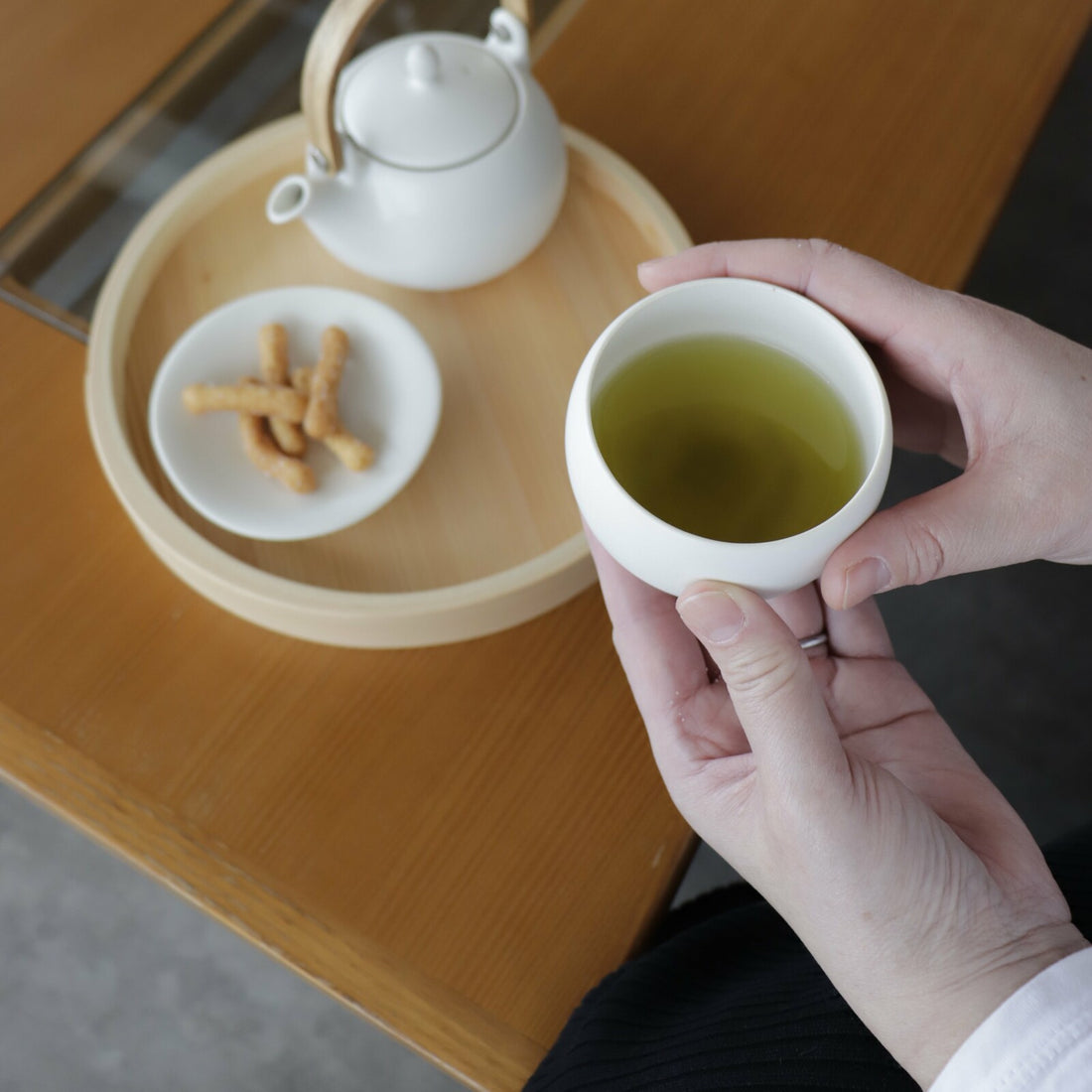
History of Mino Ware "The Standard of Japanese Tablewares"
Share

A wide variety of pottery Mino ware is produced in Gifu Prefecture Higashi Mino. Mino ware is supported by a long history and tradition, accounts for about 60% of the national market share in terms of tableware production. It is no exaggeration to say that it is the representative of Japanese pottery.
A notable feature of Mino ware is its wide variety. Mino ware is used casually in daily life and blends in without being noticed. Mino ware does not maintain a single style, but consists of over 15 types of pottery registered as traditional crafts.
Four notable styles we love are:
Oribe - charaterized by deep glaze, unique form and geometric patterns;
Setoguro - all black glazed;
Shinoware - known by design patterns underneath its glaze;
Kizeto - all about a humble and simple form.
The history of Mino ware is old and dates back to more than 1,300 years ago. At first, the technique of Sue ware was introduced from the Korean peninsula. In the Heian period (10th century), ash-glazed ceramics known as shirashi (white porcelain) began to be fired. Shirashi was an improved version of Sue ware with a glaze. At this time, the number of kilns increased and the area became a full-fledged pottery production center.
From the Azuchi-Momoyama period to the early Edo period (1603-1867), pottery reflecting the tastes of tea ceremony masters became popular along with the tea ceremony. Hence, pottery reflecting the tastes of tea masters was produced.
In the early Showa period (1926-1989), the demand for high-end products increased, and the technology improved markedly along with increase use of machines. The kilns were also changed from charcoal kilns to heavy oil kilns to shuttle gas kilns to tunnel kilns and roller hearth kilns.Tunnel kilns and roller hearth kilns were developed at the same time with improved yield, uniformity of products and mass production.
Fortunately, Mino ware has not been hit by war and has survived many recessions. Mino ware, which fortunately did not suffer from war and has survived many recessions, is now by far the largest producer in Japan.
Check out Saliu Japan brand Mino Ware series.

